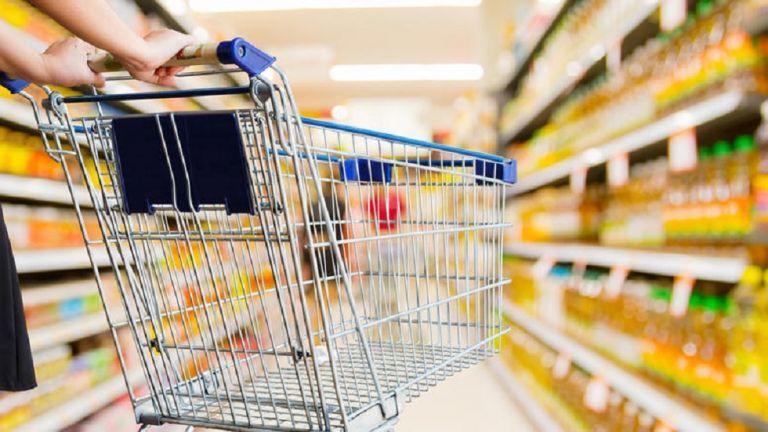Inflation in Greece recorded another increase this month, settling at 3%, according to temporary data released by the EU statistical authority Eurostat.
This negative development prompted the country’s minister of development to meet with representatives of supermarkets to hammer out a plan to contain continuously rising food prices.
At the same time, market analysts assess that prices in Greece are mirroring an international downward trend observed in recent months and acknowledge the role of government measures in preventing even steeper price hikes.
Households are now prioritizing the cost of items when taking purchasing decisions, with an estimated nine out of 10 opting for the cheapest products, and a substantial portion turning to private-label goods.
At the same time, according to Eurostat, the Eurozone’s consumer price index (CPI) also rose to 2.6%, a slight 0.1% uptick compared to 2.5% in June, despite economic analysts’ forecast it would remain unchanged.
In particular, as regards the Eurozone, the services sector witnessed the highest annual increase rate in July (4% compared to 4.1% in June), while food, alcohol, and tobacco were also up (2.3% compared to 2.4% in June), followed by energy costs (1.3% compared to 0.2% in June), and non-energy industrial goods (0.8% compared to 0.7% in June).
The data indicated that structural inflation in the common currency market – a measurement that excludes fluctuating energy costs and non-processed foods – remained unchanged at 2.8% annually.
Inflation in Greece recorded a monthly decrease of 0.4%. The highest inflation rate in the eurozone was observed in Belgium at 5.5% annually, followed by the Netherlands and Estonia at 3.5%.
In contrast, in Latvia, the CPI (Consumer Price Index) increased by only 0.8% annually, in Lithuania by 1.1%, and in Slovenia by 1.4%.




